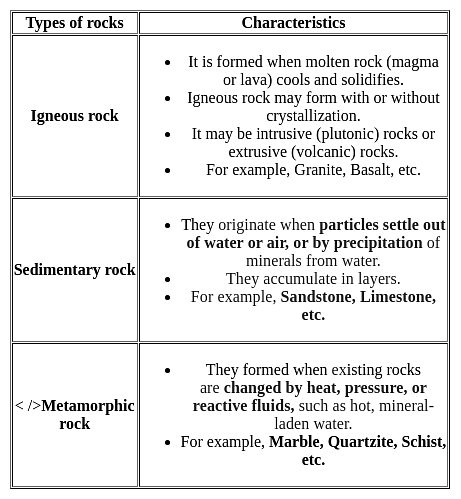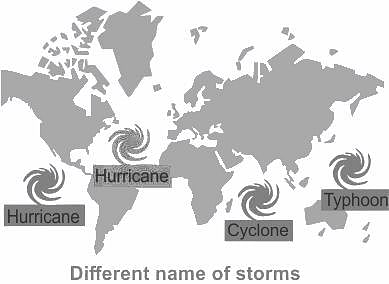APSET Paper 2 Mock Test - 6 (Geography) - AP TET MCQ
30 Questions MCQ Test APSET Mock Test Series 2025 - APSET Paper 2 Mock Test - 6 (Geography)
Identify the option that arranges the following states' literacy rates in descending order, according to Census 2011.
A. Kerala
B. Himachal Pradesh
C. Haryana
Consider the following statements about human environment interaction and state which amongst the following is true: i. The type of society has strong influence over the environment .
ii. Human characteristics have impact on the environment.
iii. Education is a key factor on people’s view of life.
iv. Ecosystem services are important for human well-being.
Choose the correct option from below:
Jarawas and Sentinelese tribes are found in which among the following state / Union Territory of India?
a) Sea level Changes are only affected by Eustatic changes.
b) Marine sediments depict about global sea level change.
c) Evidences of sedimentary deposits of various sorts depict sea level changes during the pre-quaternary stages.
d) Sea level has risen by about 10 to 16 cm in the past 100 years.
Which of the following statements is correct?
A medical geographer researching the spatial distribution of asthma among children 12–17 years of age in a major U.S. city hypothesizes that there is a link between poverty and the prevalence of the disease. Which of the following research strategies would best enable the geographer to explore that hypothesis?
(a) The satellite towns are a part of the main city’s municipal corporation.
(b) The satellite towns develop beyond city’s green belt.
(c) The satellite towns are totally dependent upon the main city area.
(d) The satellite towns are separated from the main city physically by a geographical barrier like river.
Code:
A cyclone is known by different names in different parts of the world. In Philippines it is called as _______.
Consider the following statements about Human settlements
1. Conurbation refers to rarely dense rural settlements which are also known as cross-shaped settlements.
2. Conurbations are part of metropolisation which is a process related to the unprecedented physical growth of cities in the fringe areas.
Which of the statements given above is/are correct?
i. Paris Agreement is known to combat climate change.
ii. Agreement aimed at global green house gas emission reduction.
iii. The conference held in 2015
Choose the correct option from below:
In which stage of landscape evolution do relief features become more subdued?
Given below are two statements. One is labelled as Assertion (A) and the other is labelled as Reason (R).
Assertion (A): India is the second largest irrigated country in the world.
Reason (R): The whole country of India is fully irrigated.
Select the correct answer from options given below:
a) It was launched on 25th June 2015.
b) It aims to provide housing for all in urban areas by year 2024.
c) It has mandatory provision for the female head of the family to be the owner or co-owner of the house under this Mission.
Choose the correct options:
Which of the following is not associated with political Geography
A) I. Bowman
B) R. Johnson
C) F. Ratzel
D) H. J. Mackinder
Choose the correct answer from the options given below:
Consider statements A and B about land use and choose the correct answer?
A. Plantation farming is a type of commercial farming mostly practiced in tropical regions
B. Tea, Rubber, Coffee are few examples of plantation farming
In which of the following states are the Aravalli mountains located
What the molten rock is known when it stay under the surface of earth?
Distance between two adjacent crest is regarded as
|
60 tests
|




















